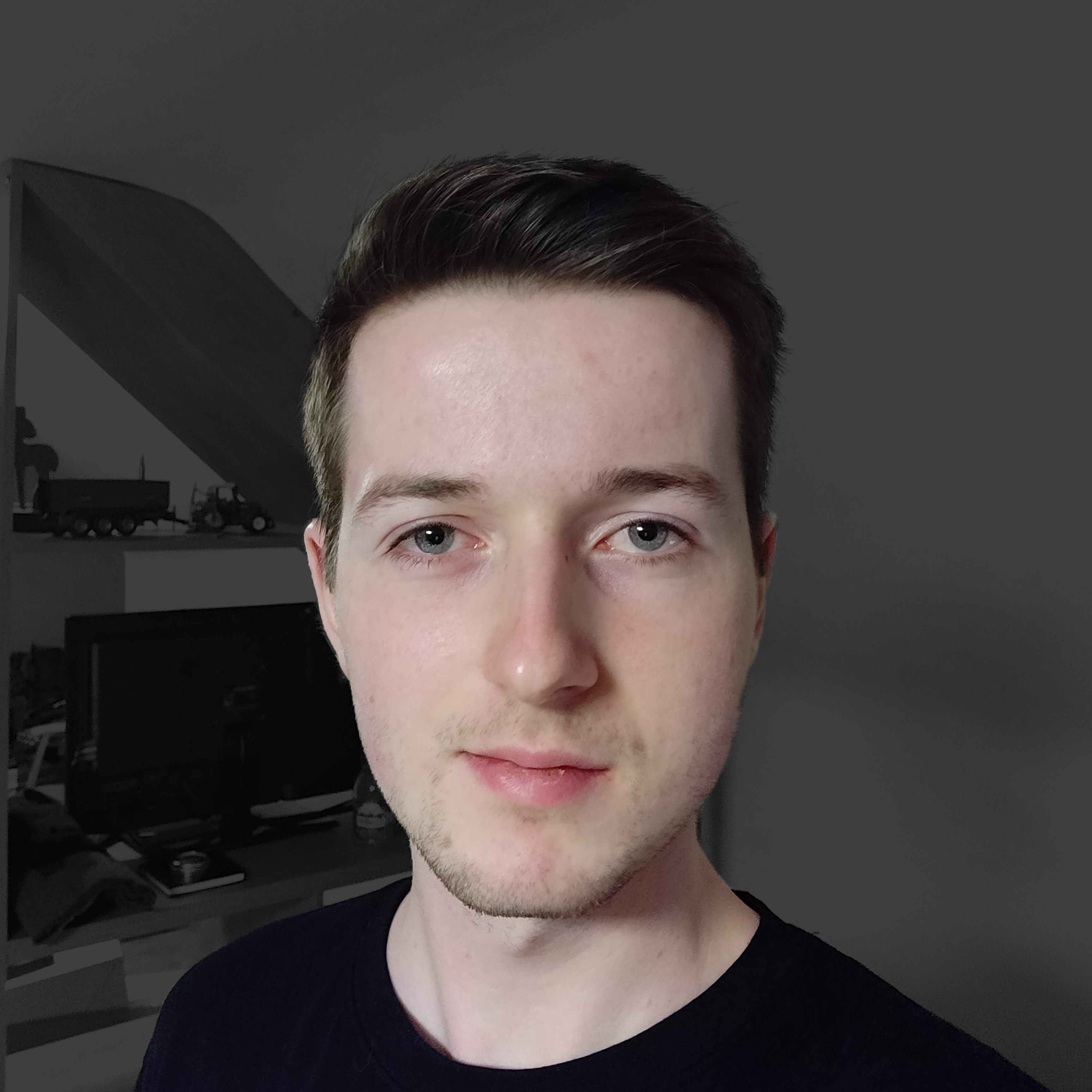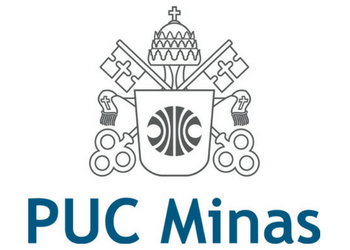
I am a student at the Thomas More University in Geel, where I am studying a bachelor’s degree in Applied Computer Science. Prior to my current study, I already finished a bachelor’s degree in Electromechanics.
I am a person who likes to learn new things, solve technical problems, develop software, design graphics, etc. I like good and interesting challenges.
Since my first Erasmus to the Netherlands in 2017, during my studies in Electromechanics, I have grown a lot more interested in international environments. This is the reason that I decided to do it again, this time I went to Finland (2019) and for my internship to Brazil (2020). In my spare time, I am also working on some projects in international context.
Atlas Copco, Wilrijk
Atlas Copco, Wilrijk
Elektro Fiver, Schriek
Thomas More - Campus Geel
These are my current studies where I specialized myself in application development.
Thomas More - Campus De Nayer, Sint-Katelijne-Waver
Sint-Lambertusinstituut, Heist-op-den-Berg
I went on an exchange to Brazil for my internship, I arrived there the 25th of February. The internship took place at the PUC Minas University in Belo Horizonte. Because of the Covid-19 pandemic, I returned back to Belgium after being there for roughly a month. When I arrived back home, the internship continued remotely.
There was a lot of freedom in deciding which project to do. There was an interesting idea where you could use augmented reality to see information about aircraft that are flying. This became an mobile application which I worked on with a fellow student, the application is named AirVision. The primary target group is the students of the aviation faculty, it provides them a way to learn interactively about aircraft. But in general can it be used by anyone interested in aircraft. The project was expanded to also include a map where you can see surrounding aircraft.
The development of the application was split into two parts. The front-end which is the application on your mobile device, and the back-end which provides the data used by the application through a REST API. I focused on the development of the back-end and my fellow student on the front-end, but I also helped out on the front-end where needed.
The following list gives a brief summary about things I personally learned during the development. We were free to choose which technologies we could use and this provided us good learning opportunity.
More information about these topics, and the project in general can be found in the realization document.
